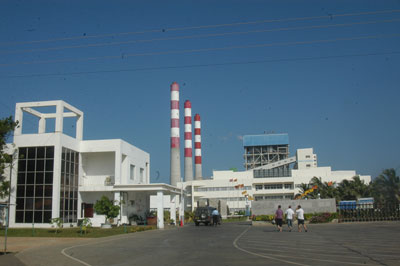http://www.economynext.com/CMEC_gets_Sri_Lanka_coal_power_maintenance_contract-3-9392-8.html
Dec 21, 2017 12:49 PM
ECONOMYNEXT – The Sri Lankan government had awarded a maintenance contract for its coal power station at Norochcholai to China Machinery Engineering Corporation (CMEC) which built the plant, a spokesman said.
The contract is for maintenance of turbine and related accessories in unit 02 of the Lak Vijaya Power Plant on the north-west coast.
The 900MW plant, which has failed several times, was built by China Machinery Engineering Corporation (CMEC) on a long term loan from the EXIM Bank of China.
Health Minister Rajitha Senaratna said the Cabinet of ministers this week approved a proposal by Power and Renewable Energy Minister Ranjith Siyambalapitiya to award the maintenance contract to CMEC.
The agreement, valid until September 2019, costs Rs 263.4 million.
(COLOMBO, December 21, 2017)







 aa
aa










